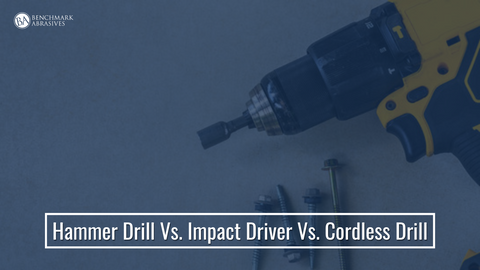

It can also used on different types of surfaces. Various materials may be used with it, including steel, iron, wood, plastic, and more.
IMPACT DRIVER VS POWER DRILL DRIVERS
The impact drivers can be used on various types of nuts and bolts, and surfaces. Most impact drivers have a handle to make it easier to hold onto. This shouldn't be confused with the hammer mechanism found on hammer drills, which is a longitudinal blow. Typical battery-powered impact drivers are similar to electric drills when used to drive screws or bolts, but additionally have a spring-driven mechanism that applies rotational striking blows once the torque required becomes too great for the motor alone. It is also excellent for use with the Robertson square socket head screws that are in common use in Canada. This attribute is beneficial for Phillips screws which are prone to cam out. At the same time, the striking blow from the hammer forces the impact driver forward into the screw reducing or eliminating cam out.

The tool translates the heavy rotational inertia of the sleeve to the lighter core to generate large amounts of torque. The spline is curved so that when the user strikes the outer sleeve with a hammer, its downward force works on the spline to produce turning force on the core and any socket or work bit attached to it.

Manual impact drivers consist of a heavy outer sleeve that surrounds an inner core that is splined to it. The direction can also be reversed for situations where screws have to be tightened with torque greater than a screwdriver can reasonably provide. It is often used by mechanics to loosen larger screws, bolts and nuts that are corrosively "frozen" or over-torqued. The force can be delivered either by striking with a hammer in the case of manual impact drivers, or mechanically in the case of powered impact drivers. An impact driver is a tool that delivers a strong, sudden rotational force and forward thrust.


 0 kommentar(er)
0 kommentar(er)
